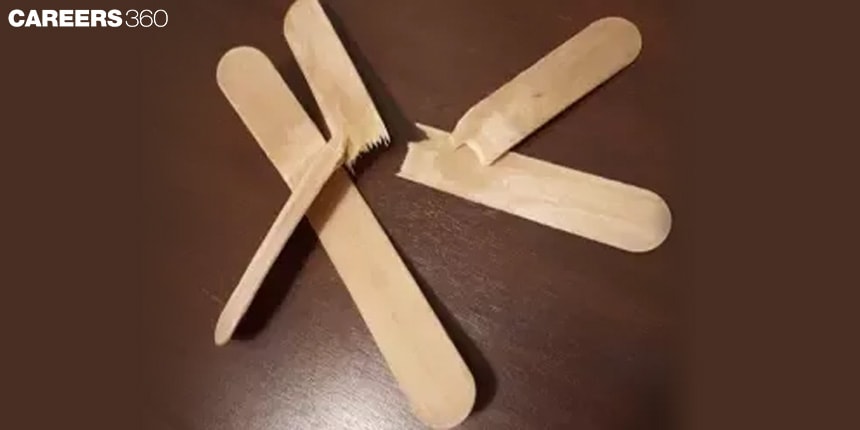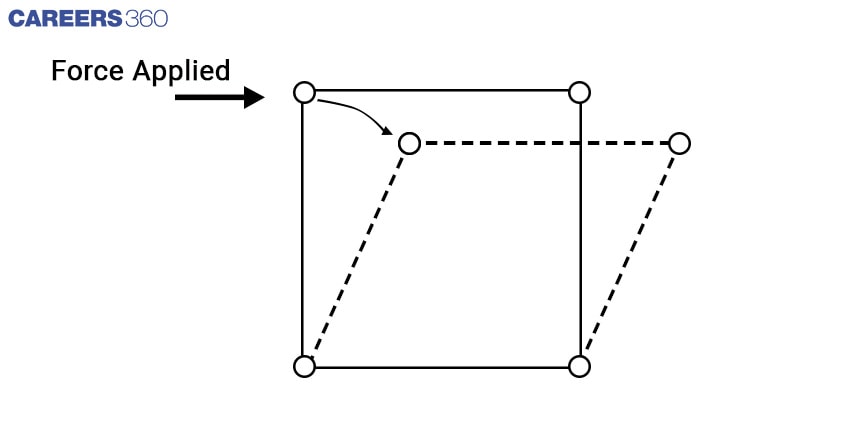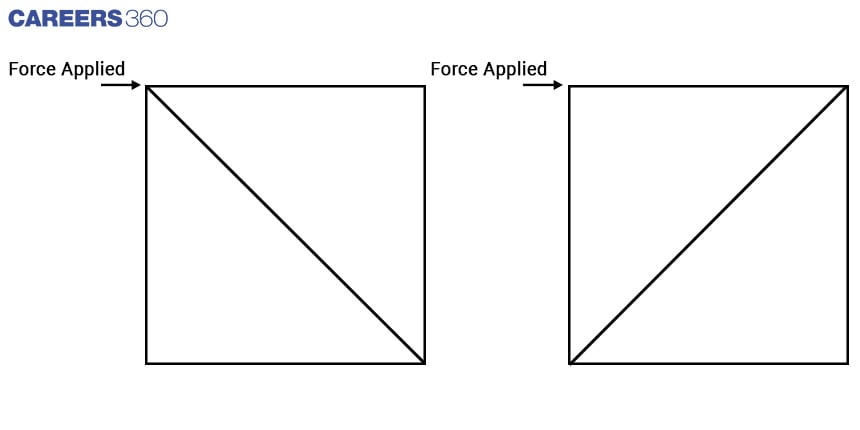Truss Bridges: A Structural Marvel Made Possible By Triangles
A triangle is a geometrical figure that has three sides and three angles. In this article, we will be discussing the different types of triangles, their properties, and their applications, particularly the role of this geometrical shape in the truss bridge. So let's start with the basics discussed in the NCERT class 10.

Triangles have several properties that can be used to classify them and find their measurements. For example, the sum of all the angles in a triangle is 180 degrees. Additionally, the Pythagorean theorem states that in a right-angled triangle, the sum of the squares of the lengths of the two shorter sides is equal to the square of the length of the longest side. If we know the two sides in right in a right angle triangle then we can calculate the remaining third side using this theorem.
Triangles also have several applications in various fields such as engineering, architecture, physics, and even navigation. In physics, triangles are used to study properties of light and determine the laws of optics. In navigation, triangles are used to determine the position of ships and aircrafts - to calculate their direction and speed. In engineering and architecture, triangles are used to construct strong and stable structures, such as buildings and bridges. The triangular shape is heavily used in truss bridges. Let’s see how!
Truss Bridge

A truss bridge is a type of bridge that uses trusses, which are structures made up of triangles, to support the weight of the bridge and its load. The use of triangles in truss bridges is essential because triangles are strong and stable shapes. The sides of a triangle are connected at angles, which makes them strong against forces that try to push them apart. This stability and strength make triangles ideal for use in truss bridges.
In a truss bridge, the trusses are typically made up of metal or wooden beams that are arranged in a series of triangles. These triangles are used to distribute the weight of the bridge and its load evenly across the structure. This prevents the bridge from collapsing or bending under the weight of any load in the future..
Consider this: If you are asked to break a popsicle stick, how would you do it? You would bend it, right?

That's what engineers call applying bending moments to the structure to create flexural stresses. Materials don't like that kind of stress. You wouldn't try to break the popsicle stick by pulling or pushing it because that would take more effort. The stick is stronger in tension or compression.
So, a simple beam-like structure like a popsicle stick is stronger in tension or compression because it avoids bending moments. But what if we could create a beam-like structure that converts all bending into pure tension or compression? Well, we did. It's called a truss.
Also check - Study Help: Prepare For Science And Maths Olympiads With These Resources
The advantage of a truss lies in its simplicity of calculation due to the assumption that all forces are concentrated at the nodes, which are considered as pin joints which are shown below in an image. This allows the members, or bars, to rotate freely around these points, with their movement limited only by other members. But why use triangles specifically? Let’s try to construct a truss using pin nodes with a polygon other than a triangle, such as a square, and observe the result after applying a force at a node.

Yes, it becomes deformed. However, note that this deformation occurs while still maintaining the same length of its sides. To counteract this, you simply need to add a diagonal bar which is shown below in an image. The energy generated by the distortion will then be absorbed by this newly added bar, which will be under compression or tension, depending on where it is placed.

When the diagonal is positioned between the node where the force is applied and the opposite node, it will be subjected to compression while the other diagonal will be in tension. This is how the choice of material is also made. For example, if you want to use concrete, the second diagonal should not be used as concrete is not effective under tension.
Triangles are used in truss bridges because they allow for the efficient use of materials. They are strong with relatively little material, so truss bridges can be designed to be lightweight and efficient. This is important because truss bridges are often used to span long distances, and a lightweight design helps to reduce the cost and complexity of building the bridge.
Also check - Top 10 Ways To Boost Endorphins For Your Benefit
Applications for Admissions are open.
As per latest syllabus. Physics formulas, equations, & laws of class 11 & 12th chapters
JEE Main Important Chemistry formulas
Get nowAs per latest syllabus. Chemistry formulas, equations, & laws of class 11 & 12th chapters
JEE Main high scoring chapters and topics
Get nowAs per latest 2024 syllabus. Study 40% syllabus and score upto 100% marks in JEE
JEE Main Important Mathematics Formulas
Get nowAs per latest syllabus. Maths formulas, equations, & theorems of class 11 & 12th chapters
